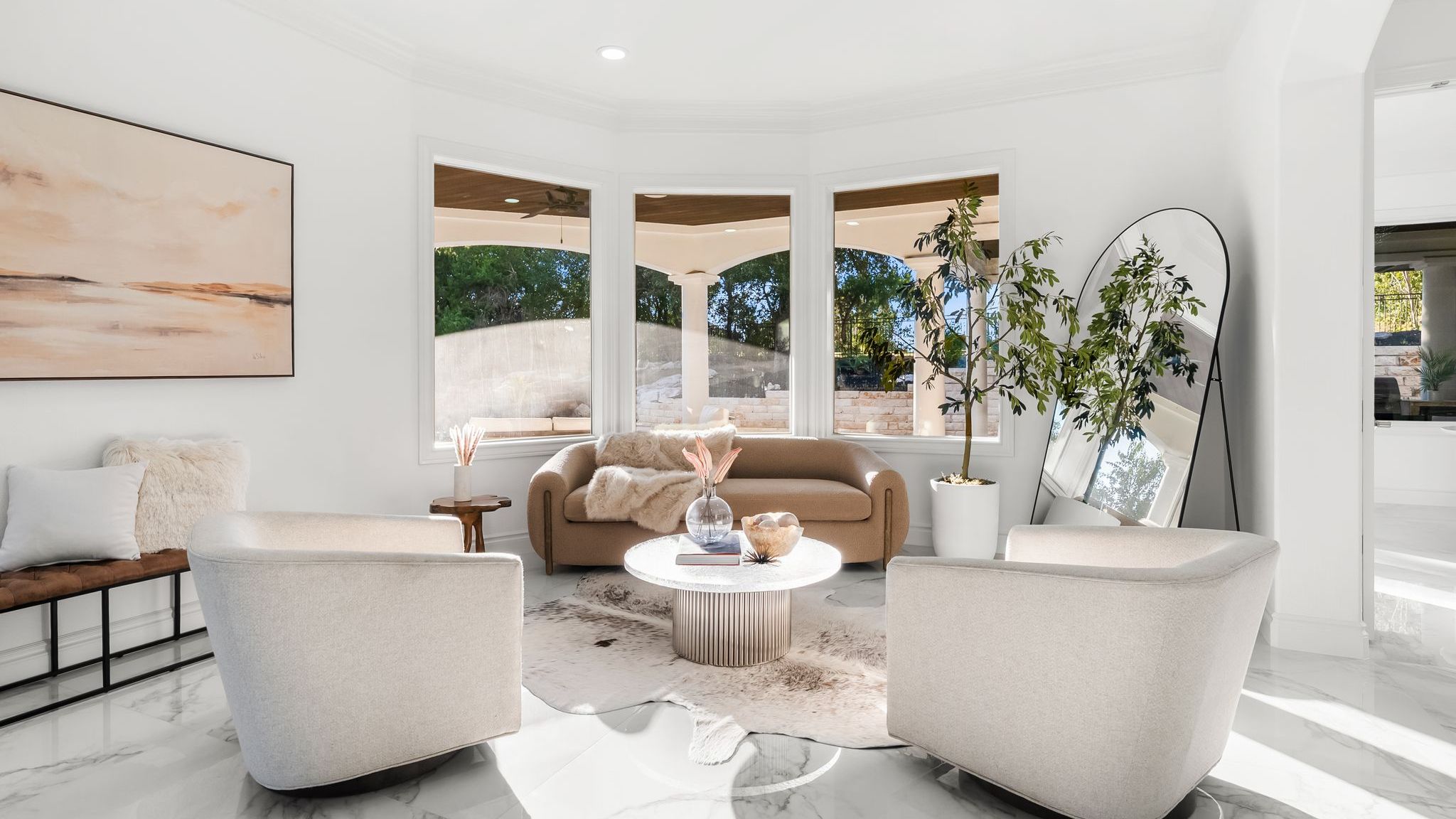Use Buyer Demand to Drive Listing Conversations (Even Without Listings Today)
Nov 07, 2025
Use Buyer Demand to Drive Listing Conversations (Even Without Listings Today)
One of the biggest challenges for agents right now is finding listings. Inventory is tight, sellers are hesitant, and competition for every new listing is high. But what if the fastest way to attract sellers isn’t through listing ads at all—what if it’s through buyer demand?
Inside the Neighborhood Expert System (NES), agents learn how to use buyer activity as a magnet for seller conversations. Whether you have listings today or not, you can still build momentum in your neighborhood by showing that you already know who’s looking, what they want, and where they want to buy.
This approach is simple, grounded, and repeatable—and it works in any market cycle.
1. Start With Real Conversations at Open Houses
Open houses aren’t just for buyers—they’re market research in real time. Every visitor tells you something valuable about what’s missing from your inventory. Instead of just handing out flyers, ask thoughtful questions:
- “What brought you out to this neighborhood?”
- “What’s been hardest to find in your home search?”
- “Have you seen anything this weekend that checked most of your boxes?”
Those answers are data points. They reveal what buyers are actively looking for—price range, layout, lot type, school district. Collect those insights every weekend, and by Monday, you’ll have a clear picture of demand inside your neighborhood.
2. Turn Buyer Feedback Into Off-Market Outreach
Once you’ve identified buyer needs, use that information to start seller conversations. This is where NES agents consistently create listings—without waiting for the MLS.
Send a simple message to homeowners near your open houses:
“We met three qualified buyers this weekend looking for a home like yours in [Neighborhood]. Would you ever consider selling if it was the right fit?”
This one email or note changes the dynamic completely. You’re not asking for a listing—you’re connecting real buyers to potential sellers. Even if homeowners say no, you’ve positioned yourself as the agent who knows exactly what’s happening in the market right now.
3. Use Social Media to Showcase Buyer Activity
Most agents post their listings. The smart ones post their buyers. When you share short updates about current buyer demand—without giving away personal info—you signal to the neighborhood that activity is still happening, and that you’re at the center of it.
Try simple, grounded posts like:
- “We met three buyers this weekend looking for single-story homes in [Neighborhood].”
- “Two families searching for homes near [Elementary School]—inventory is still low.”
- “If you’ve been thinking about selling, now might be the window to test the market.”
Posts like these attract attention without hype. They remind homeowners that you’re the agent actually talking to real buyers, not just reposting MLS data.
4. Back It Up With Direct Mail and Email
To reinforce your message, use direct mail and email to mirror what you’re saying online. When your digital and physical marketing both highlight buyer demand, it creates credibility.
Send a postcard every month that says something like:
“Buyer activity in [Neighborhood] remains strong. We currently have three families looking for homes like yours. Thinking of selling this spring? Let’s talk strategy.”
Follow up with a Friday email recapping the week’s open house feedback, buyer insights, or recent sales. The repetition across channels makes your name—and your market knowledge—stick.
5. Use YouTube Ads to Expand Local Awareness
You don’t need listings to run great YouTube ads. You need local relevance. A simple ad sharing buyer activity in your neighborhood can build trust faster than a flashy listing video.
Example script:
“We’ve met several buyers recently looking for homes in [Neighborhood]—especially near [Local Feature or School]. If you’ve been thinking about selling this year, it’s worth knowing what kind of demand we’re seeing.”
These short, conversational ads cost less than one postcard drop and make your name recognizable to every homeowner watching local videos. That’s how you become top of mind before listings even hit the market.
6. Keep the Loop Going Every Week
This approach only works if it’s consistent. Every week should follow a clear rhythm that connects buyer activity to seller visibility:
- Monday: Review open house feedback and buyer notes.
- Tuesday: Send off-market emails to homeowners.
- Wednesday: Post a short social update about buyer demand.
- Friday: Send your weekly neighborhood email recapping interest and trends.
Each touchpoint builds credibility and keeps the conversation alive—even if you don’t have an active listing today. That’s how authority compounds without spending on lead platforms.
Frequently Asked Questions
What if I don’t have any listings to host open houses?
Ask a colleague in your office to host one of theirs. Open houses are about data and conversations, not ownership. You can gather the same insights and apply them to your outreach.
How do I track buyer needs without complicated systems?
Keep it simple. Use a shared document or spreadsheet. Record what each buyer was looking for, their price range, and which neighborhood. Over time, patterns will emerge that drive smarter marketing.
Do homeowners actually respond to these off-market emails?
Yes—because they’re personal and based on real demand. Even if they don’t list immediately, many reply out of curiosity, which starts a relationship that leads to future business.
Can I automate this process?
Some parts, like email lists, can be automated. But the tone should always stay personal. Automation supports consistency, but authenticity builds trust.
What if I’m in a low-turnover neighborhood?
That’s even more reason to use this method. The fewer listings there are, the more valuable it is to show that you’re connected to real buyer activity. Sellers respond to data and demand they can see.
Final Takeaway
Buyer demand is one of the most underused listing tools in real estate. When you share what real buyers are looking for—and connect that insight through open houses, emails, and social posts—you create listing opportunities out of thin air.
You don’t need a dozen listings to prove your value. You just need to show that you’re the agent who knows what’s happening in the neighborhood before everyone else.
See how the full system works at NeighborhoodExpertSystem.com.
About the Author
Matt van Winkle is the founder of the Neighborhood Expert System (NES) and the #1 agent in Steiner Ranch, Austin. He specializes in off-market listings and neighborhood-based marketing that helps agents build predictable, relationship-driven businesses. As a trusted educator for agents nationwide, Matt teaches how to turn everyday buyer conversations into listing opportunities through consistent, connected marketing.



